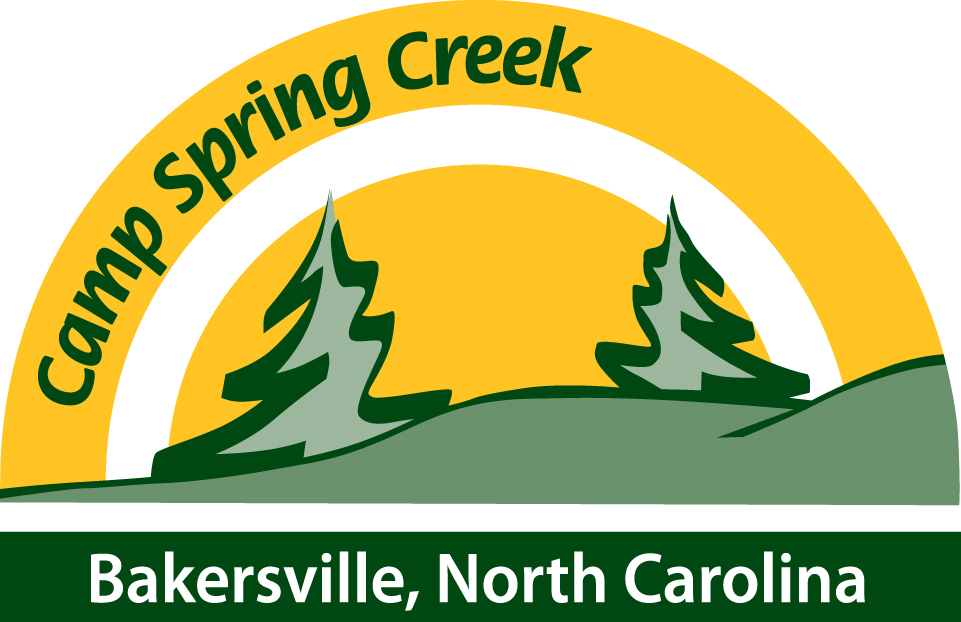 This week, we interviewed reading and learning therapist Elizabeth Hall, who offers research-based instruction to help children become talented, engaged readers. Elizabeth has been in private practice for 16 years, as well as past Treasurer and Vice President of the South Carolina Branch of the International Dyslexia Association. She also recently spent a week out at Camp Spring Creek sewing handmade curtains for our windows as an in-kind donation. What a gift! Elizabeth lives in Mount Pleasant, South Carolina. Learn more about what she does right here:
Camp Spring Creek: We're familiar with the Orton-Gillingham method, but we also see that you incorporate Lindamood Belle Learning Processes and Benchmark School methods into your tutoring sessions. Can you tell us a little about each of these?
This week, we interviewed reading and learning therapist Elizabeth Hall, who offers research-based instruction to help children become talented, engaged readers. Elizabeth has been in private practice for 16 years, as well as past Treasurer and Vice President of the South Carolina Branch of the International Dyslexia Association. She also recently spent a week out at Camp Spring Creek sewing handmade curtains for our windows as an in-kind donation. What a gift! Elizabeth lives in Mount Pleasant, South Carolina. Learn more about what she does right here:
Camp Spring Creek: We're familiar with the Orton-Gillingham method, but we also see that you incorporate Lindamood Belle Learning Processes and Benchmark School methods into your tutoring sessions. Can you tell us a little about each of these?
Elizabeth Hall: My main focus is Orton Gillingham. When a child struggles to respond or grasp the area we are working on, I might work in some of the Lindamood Bell cueing in that area to see if that helps the child grasp the challenging aspect of the tutoring work. Often times, a simple change with a slightly different cueing is all it takes, such as when a child has trouble with the sound of /p/ (i.e. the child confuses p for q). In this case, I might use the Lindamood Bell cueing of "Lip Poppers," as the child has not been working through all of the Lindamood Bell auditory work but they may respond well to the change and hold the sound and symbol in memory better. I still have students who giggle about Lip Poppers! I love it when we find the simple things that keep the kids learning and working towards their great potentials.
CSC: One of your mantras is, "Success builds success, especially in the early years." Can you give us a specific example of how you've seen this work, even on a very small scale, for a child?
EH: When a child begins to understand the sounds and how they blend into words, he is beginning to unlock the code. Then he learns to read simple sentences. This empowers the child to try and read more. I love watching that smile brighten their face as they begin to feel and see they are learning to read. It is empowering not only to a child but too to an adult learning to read as well. It can't help but make you feel great and encourage you to do even more for the child or adult.
CSC: What is one of the most common signs that a child is struggling with reading that educators and parents often miss? Why do you suppose that is and what can an adult do when they see a child struggle in this way?
EG: Phoneme awareness/avoidance is common. Adults can help the child learn the sounds of the alphabet. They can talk to the child's teacher. They can give the child direct, explicit, sequential instruction. If the child is still struggling early on, the parent might consult with an experienced child psychologist to begin to further understand the why, and also where the delays are with the child.
CSC: At the end of the day, what keeps you motivated to do what you do, and to keep advocating for children and literacy after so many years?
EH: I am dyslexic and I want kids to have the better instruction I did not have in the early grades. In this day and age, there is fine research and strong evidence that the Orton Gillingham multisensory approach is an excellent type of instruction and remediation for these children and, for that matter, all children in the classroom. The Orton Gillingham approach is diagnostic and prescriptive, which generates outstanding progress for all students but especially those with dyslexia. It is clearly a motivator on its own to help the students that struggle. The kids keep me going. They are like snowflakes: no two are alike. They are great to work with and I learn from them every day. Sometimes I might learn a better way of doing something for them, or they might help me discover a new strategy that will help not only them but someone else. Kids are great teachers if we slow down to listen and watch what they have to teach us.
